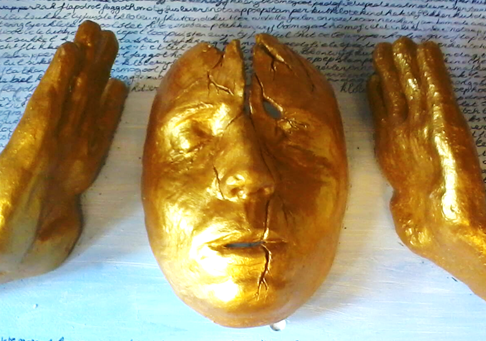Cerebellar output controls generalized spike-and-wave discharge occurrence.
Abstract
OBJECTIVE:
Disrupting thalamocortical activity patterns has proven to be a promising approach to stop generalized spike-and-wave discharges (GSWDs) characteristic of absence seizures. Here, we investigated to what extent modulation of neuronal firing in cerebellar nuclei (CN), which are anatomically in an advantageous position to disrupt cortical oscillations through their innervation of a wide variety of thalamic nuclei, is effective in controlling absence seizures.
METHODS:
Two unrelated mouse models of generalized absence seizures were used; the natural mutant tottering, which is characterized by a missense mutation in Cacna1a, and inbred C3H/HeOuJ. While simultaneously recording single CN neuron activity and electrocorticogram (ECoG) in awake animals, we investigated to what extent pharmacologically increased or decreased CN neuron activity could modulate GSWD occurrence and short-lasting on-demand CN stimulation could disrupt epileptic seizures.
RESULTS:
We found that a subset of CN neurons shows phase-locked oscillatory firing during GSWDs and that manipulating this activity modulates GSWD occurrence. Inhibiting CN neuron action potential firing by local application of the GABAA -agonist muscimol increased GSWD occurrence up to 37-fold, whereas increasing the frequency and regularity of CN neuron firing with the use of gabazine decimated its occurrence. A single short-lasting (30-300 ms) optogenetic stimulation of CN neuron activity abruptly stopped GSWDs, even when applied unilaterally. Using a closed-loop system GSWDs were detected and stopped within 500 ms.
INTERPRETATION:
CN neurons are potent modulators of pathological oscillations in thalamocortical network activity during absence seizures and their potential therapeutic benefit for controlling other types of generalized epilepsies should be evaluated.
This article is protected by copyright. All rights reserved.
© 2015 American Neurological Association.
- PMID: 25762286
- [PubMed – as supplied by publisher]





 My best guess is that the following presentation will be in Dutch.
My best guess is that the following presentation will be in Dutch.